When you need a substitute for dried ancho chili, these 7 options provide the best flavor and heat match for your recipes. Here's a quick comparison:
- Mulato: Closest match, rich chocolatey flavor
- Pasilla: Deep, raisin-like notes
- Guajillo: Tangy, berry-like, for salsas
- New Mexico: Nutty, versatile for stews
- California: Mild color booster
- Chipotle Powder: Smoky for rubs
- Paprika: Sweet for mild dishes
Below, we'll explore each substitute in detail, including flavor profiles, heat levels, and how to use them in specific recipes like mole, chili con carne, and more.
Table of Contents
- What Is a Dried Ancho Chili?
- The 7 Best Dried Ancho Chili Substitutes
- Flavor Profile & Heat Level Comparison
- Buying Guide: What to Look For in a Substitute
- How to Use These Substitutes in Recipes
- Frequently Asked Questions
- Final Thoughts
What Is a Dried Ancho Chili?

The dried ancho chili is the dried form of the poblano pepper. Known for its deep red color and wrinkled skin, it brings a rich, slightly sweet, and mildly spicy flavor to dishes. It's a cornerstone in many Mexican recipes, especially sauces like mole, adobo, and salsas.
- Heat Level: Mild (1,000–2,000 Scoville units)
- Flavor Notes: Fruity, smoky, chocolatey undertones
- Common Uses: Mole sauces, chili pastes, soups, stews
The 7 Best Dried Ancho Chili Substitutes
When looking for a substitute, you want something that can mimic the earthy sweetness and mild heat of the ancho. Here are seven solid choices:
1. Pasilla Chile
- Heat Level: Mild (1,000–2,500 SHU)
- Flavor: Deep, raisin-like, with hints of licorice and coffee
- Best For: Dark sauces, moles, braises
Pasilla is often mistaken for ancho, but they're different. Still, pasilla brings a similar depth and complexity that makes it a great alternative.
2. Mulato Chile

- Heat Level: Very mild to mild (up to 1,500 SHU)
- Flavor: Chocolatey, tobacco-like, with a touch of sweetness
- Best For: Mole negro, slow-cooked sauces, dessert pairings
Mulato is another dried poblano cousin. It's a bit sweeter and richer than ancho, making it ideal for desserts and darker sauces.
3. Guajillo Chile
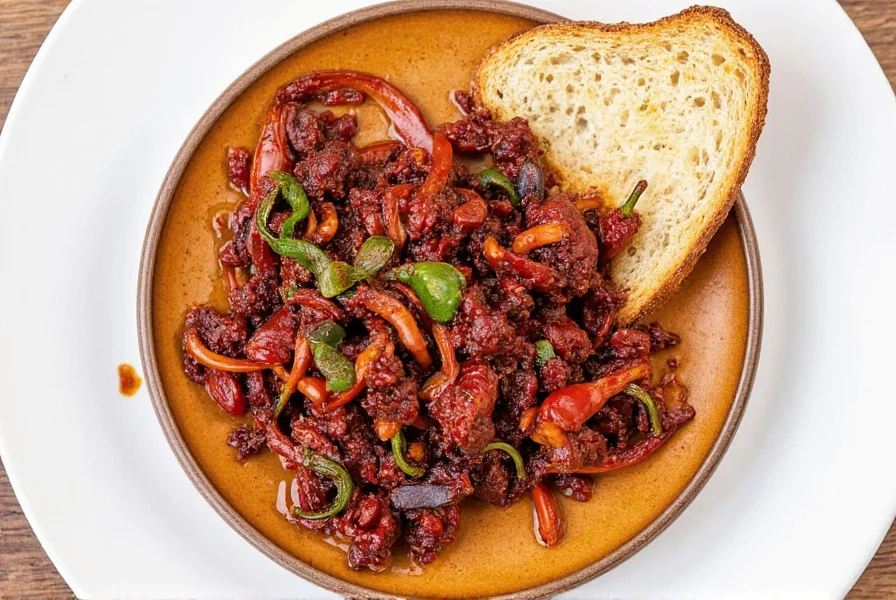
- Heat Level: Medium (2,500–5,000 SHU)
- Flavor: Tangy, berry-like, slightly smoky
- Best For: Salsas, marinades, tamales
If you don't mind a little more heat and tanginess, guajillo is a go-to. It adds brightness and body without overwhelming the palate.
4. New Mexico Chile
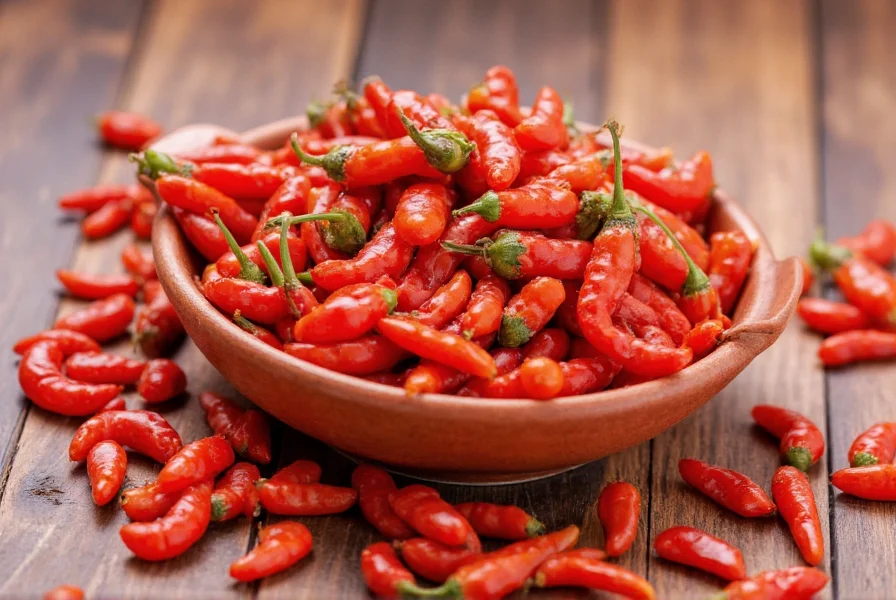
- Heat Level: Mild to medium (1,000–5,000 SHU)
- Flavor: Nutty, slightly sweet, peppery
- Best For: Stews, chilis, enchilada sauces
This dried chili has a broad flavor range depending on how ripe it was at drying. It's versatile and easy to find, especially in the Southwest U.S.
5. California Chile (Ancho's Bland Cousin)
- Heat Level: Very mild (500–1,000 SHU)
- Flavor: Mild, neutral, slightly sweet
- Best For: When you want color and not much else
Also known as California pasilla, this chili lacks depth but is perfect if you need a mild visual match.
6. Chipotle Powder
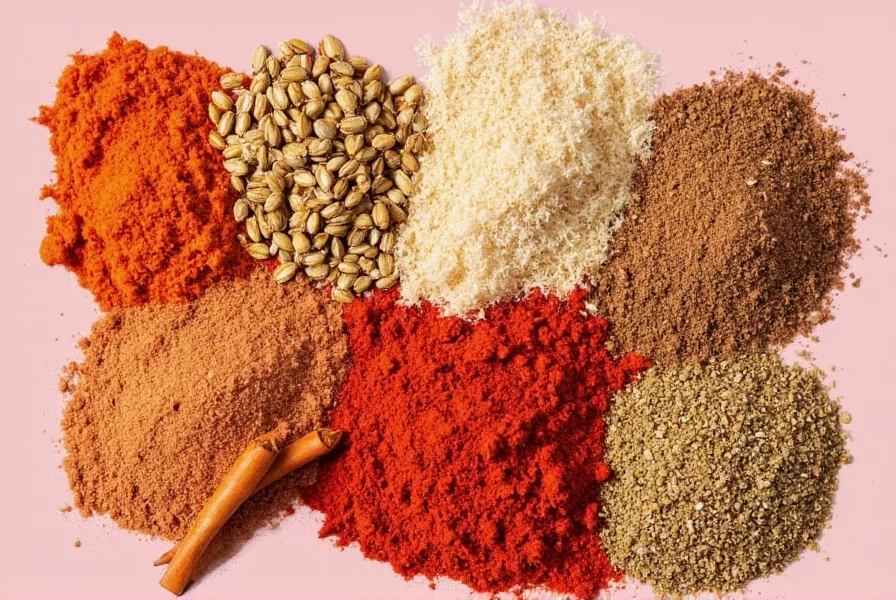
- Heat Level: Medium to hot (2,500–8,000 SHU)
- Flavor: Smoky, woody, intense
- Best For: Adding smokiness to rubs, soups, and dips
Not a direct replacement, but chipotle powder can bring a smoky element to dishes where ancho contributes background flavor.
7. Ground Paprika (Mildly Sweet Option)
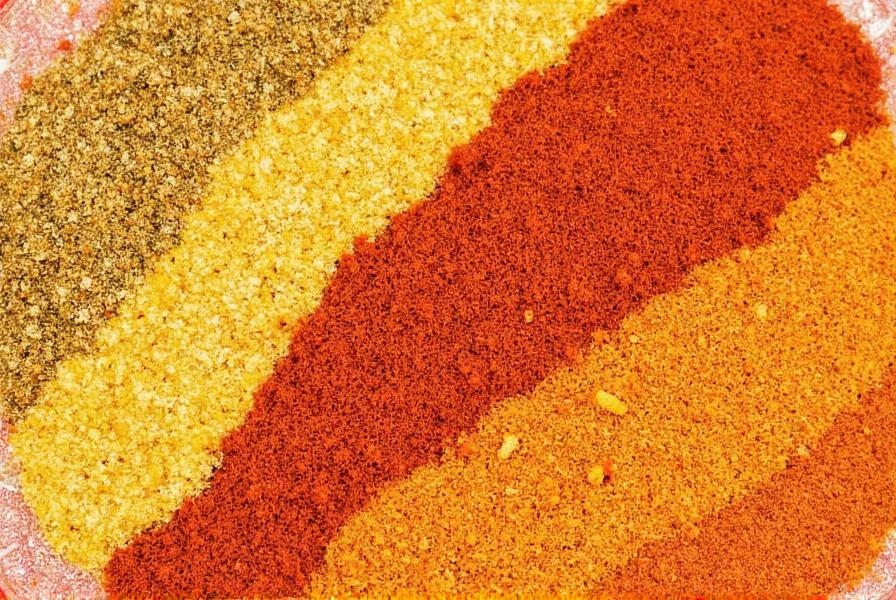
- Heat Level: Very mild to sweet (0–1,000 SHU)
- Flavor: Sweet, earthy, sometimes smoky
- Best For: Color boost, light-bodied soups and stews
While not a direct heat substitute, paprika adds color and mild flavor. Use it in combination with other mild chilies for balance.
| Chili Type | Scoville Units | Flavor Profile | Best For |
|---|---|---|---|
| Ancho | 1,000–2,000 | Sweet, fruity, chocolatey | Mole, adobo, stews |
| Pasilla | 1,000–2,500 | Raisiny, licorice notes | Dark sauces, braises |
| Mulato | Up to 1,500 | Chocolatey, nutty, sweet | Desserts, dark mole |
| Guajillo | 2,500–5,000 | Tangy, berry-like | Salsas, marinades |
| New Mexico | 1,000–5,000 | Nutty, peppery | Enchiladas, stews |
| California | 500–1,000 | Mild, slightly sweet | Color, mild dishes |
| Chipotle Powder | 2,500–8,000 | Smoky, intense | Rubs, smoked dishes |
| Paprika | 0–1,000 | Sweet, earthy | Color, mild soups |
Buying Guide: What to Look For in a Substitute
Choosing the right substitute depends on your recipe and taste preferences. Here's what to look for:
1. Whole vs. Ground Chilies
- Whole chilies: Ideal for soaking and blending into sauces or pastes. They retain more flavor and aroma.
- Ground chilies: Easier to use straight from the spice rack, but may be older and less vibrant. Check for freshness!
2. Color and Texture
- Look for deep red, pliable chilies. Avoid brittle ones—they're likely old.
- A glossy sheen indicates freshness and oil content, which translates to better flavor.
3. Brand Reputation
- Trusted brands like La Costeña, Goya, and McCormick offer consistent quality.
- Check expiration dates. Spices do expire!
4. Organic vs. Conventional
- Organic chilies are worth the investment if you're health-conscious or cooking for kids.
- Conventional chilies are usually fine, but rinse well before use to remove any residue.
5. Storage Tips
- Store whole dried chilies in airtight bags or jars away from sunlight.
- Keep ground chilies in a cool, dark place. Shelf life: 6–12 months.
- Freezing dried chilies helps preserve their oils and flavors longer.
How to Use These Substitutes in Recipes
Now that you know the best alternatives, let's see how to put them to work:
Mole Sauce
- Best Substitutes: Mulato or Pasilla
- Why: Both add deep, complex flavors that stand up to long simmering times.
Chili Con Carne
- Best Substitutes: Guajillo or New Mexico Chile
- Why: Their tangy or nutty notes complement beef and beans beautifully.
Salsa or Marinade
- Best Substitutes: Guajillo or California Chile
- Why: Guajillo gives punch, while California adds mildness and color.
Smoked Rubs or BBQ
- Best Substitutes: Chipotle Powder
- Why: Its signature smoke pairs well with grilled meats and veggies.
Mild Soups or Sauces
- Best Substitutes: Paprika + California Chile
- Why: Together, they mimic ancho's mildness and provide visual appeal.
Frequently Asked Questions
What's the closest substitute to dried ancho chili?
Mulato chili is the closest substitute to dried ancho chili. Both come from the same poblano pepper family, but mulato is left to ripen longer on the plant before drying, giving it a richer, more chocolatey flavor profile. Pasilla chili is another excellent alternative that offers similar depth with slightly more raisin-like notes.
Can I use fresh poblano peppers instead of dried ancho?
Yes, but with caveats. Fresh poblanos lack the concentrated, complex flavor of dried anchos. For best results, roast and dry the poblanos yourself or use a combination of fresh poblano plus a touch of smoked paprika to mimic the dried ancho's depth. Keep in mind the texture and water content will differ, so you may need to adjust cooking times.
How do I adjust recipes when substituting ancho chilies?
When substituting, consider both heat level and flavor profile. For milder substitutes like California chili, you might need to use slightly more. For hotter options like guajillo, use less. Always start with 75% of the recommended amount, taste, and adjust. If using ground substitutes instead of whole, reduce quantity by half since ground chilies are more concentrated.
Are there non-chili substitutes for ancho chilies?
While not perfect, you can create a flavor approximation using a blend of smoked paprika (for color and mild smoke), a touch of cocoa powder (for chocolate notes), and a bit of dried mushroom powder (for earthiness). This works best in stews and sauces where chili flavor isn't the star, but don't expect identical results to real chilies.
Can I combine different chili substitutes for better flavor?
Absolutely! Many professional chefs blend substitutes to recreate ancho's complex profile. Try combining mulato (for chocolate notes) with a small amount of guajillo (for brightness). For mole sauces, a 2:1 ratio of pasilla to mulato often works well. Experiment with small batches first to find your preferred balance.
How much substitute should I use for one dried ancho chili?
As a general rule: 1 dried ancho chili = 1 teaspoon of ground substitute. For whole chilies, use one substitute chili of similar size. When using hotter chilies like guajillo, start with 3/4 of the amount and adjust to taste. For milder options like California chili, you might need 1.5 chilies to match ancho's flavor impact.
Final Thoughts
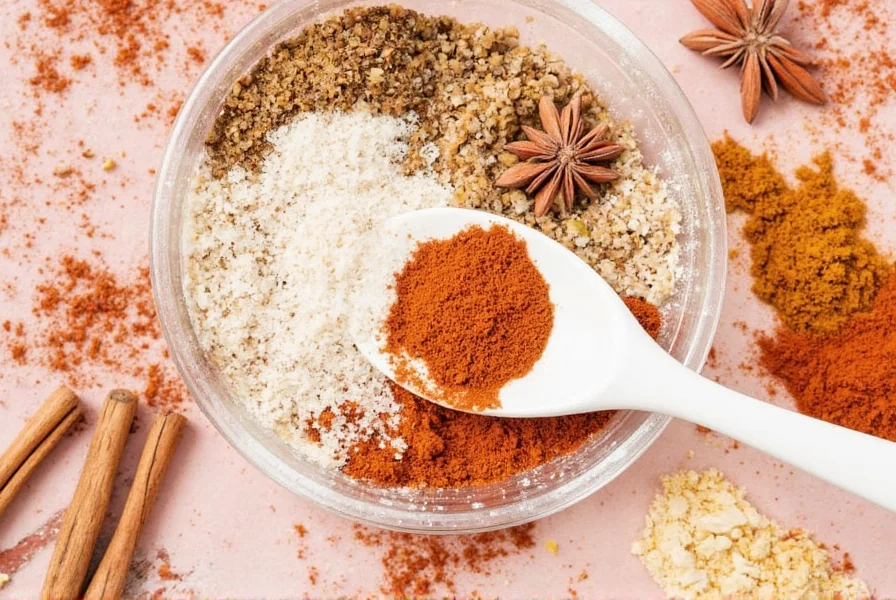
Running out of dried ancho chili doesn't have to ruin your dinner plans. With these seven substitutes, you can adapt your dish and still enjoy rich, complex flavors.
Remember, spice substitution is more art than science. Taste as you go, adjust accordingly, and don't be afraid to experiment. After all, that's what cooking is all about—making the dish uniquely yours.










 浙公网安备
33010002000092号
浙公网安备
33010002000092号 浙B2-20120091-4
浙B2-20120091-4